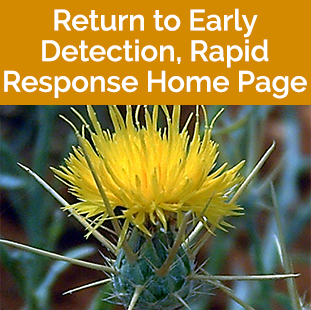Ventenata
(2A, common in isolated areas of Montana)
(Ventenata dubia)
Quick ID
- Open, airy, pyramid-shaped panicle with flower and seed-bearing stems coming off of the main stem at almost 90 degree angles
- Dark red or black nodes, evident at all stages of growth
- Long, membranous ligule with tattered tip
- Bent and twisted awns
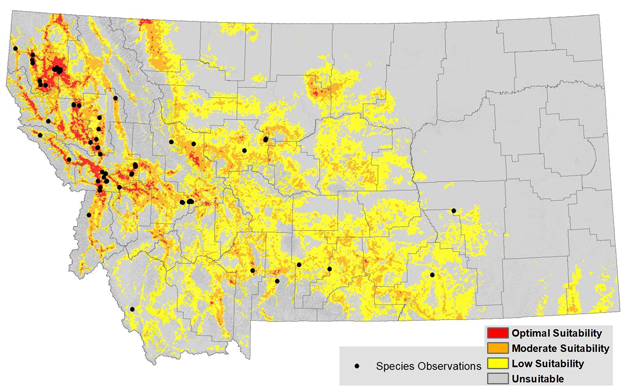
Map Courtesy of Montana Natural Heritage Program, Ventenata – Low Suitability: 19% of Montana, Moderate: 7%, Optimal: 2%. Larger image.
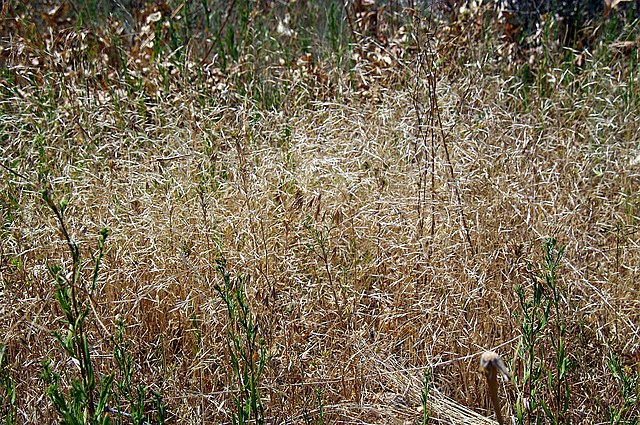
Video Information
Dr. Jane Mangold Identifying Invasive grasses provided through Montana State University
Weed Images
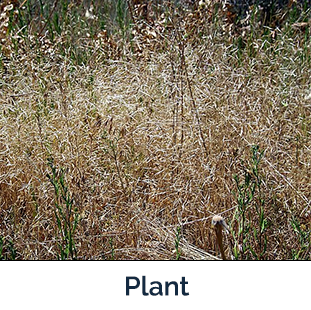
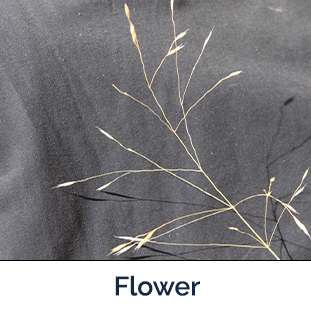
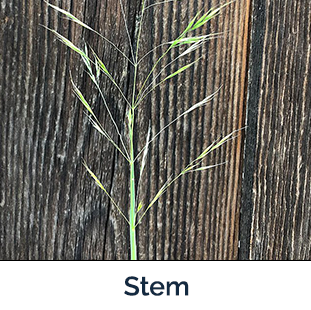
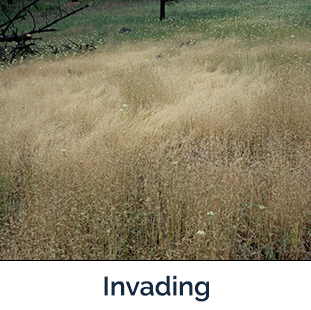
Weed Specifications
| Type | Information |
|---|---|
| Toxicity | Non-toxic, but not palatable to livestock and wildlife, decreases forage value and yield and crop quality |
| Best Management Practices |
Herbicide treatments can be effective, but are expensive and require precise applications; maintain healthy stands of perennial grasses, early detection and rapid response; prevent seed spread by washing equipment, not moving infested hay, using trusted seed sources, etc. *See additional documents below |
| Habitat | Range, pastures, roadsides, agricultural fields |
| Root | Shallow and fibrous and is pulled out of the ground easily |
| Leaves | Narrow and folded lengthwise |
| Lifespan | Winter annual, matures later than cheatgrass, and is yellowish tan in color when mature |
| Similar Looking Plants | Often grows alongside cheatgrass and Japanese brome, and can easily be mistaken for them when viewed from a distance, but from far away ventenata has a shiny and almost soft, fuzzy appearance, and does not turn reddish purple at maturity like cheatgrass does; can also be confused with some native grasses, such as annual hairgrass (Deschampsia danthonioides) |
| Important Information | Typically 6-18 inches tall; thin, wiry stems, hence another one of its common names, wiregrass; creates conditions conducive to erosion and may increase wildfire frequency and intensity |

